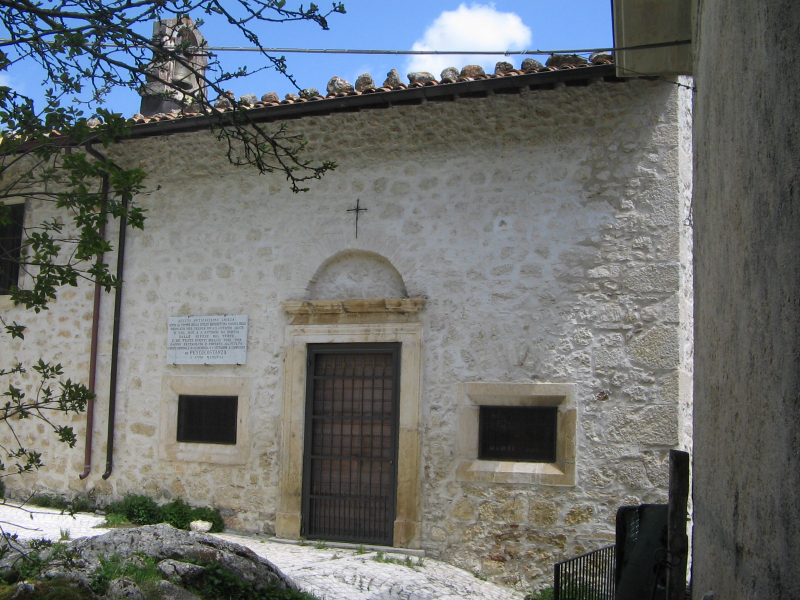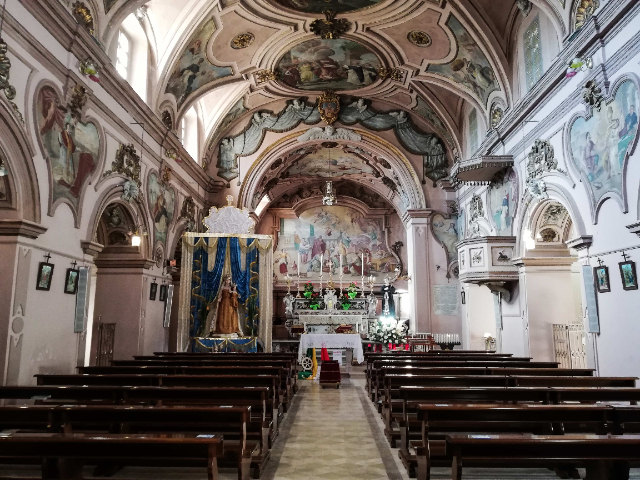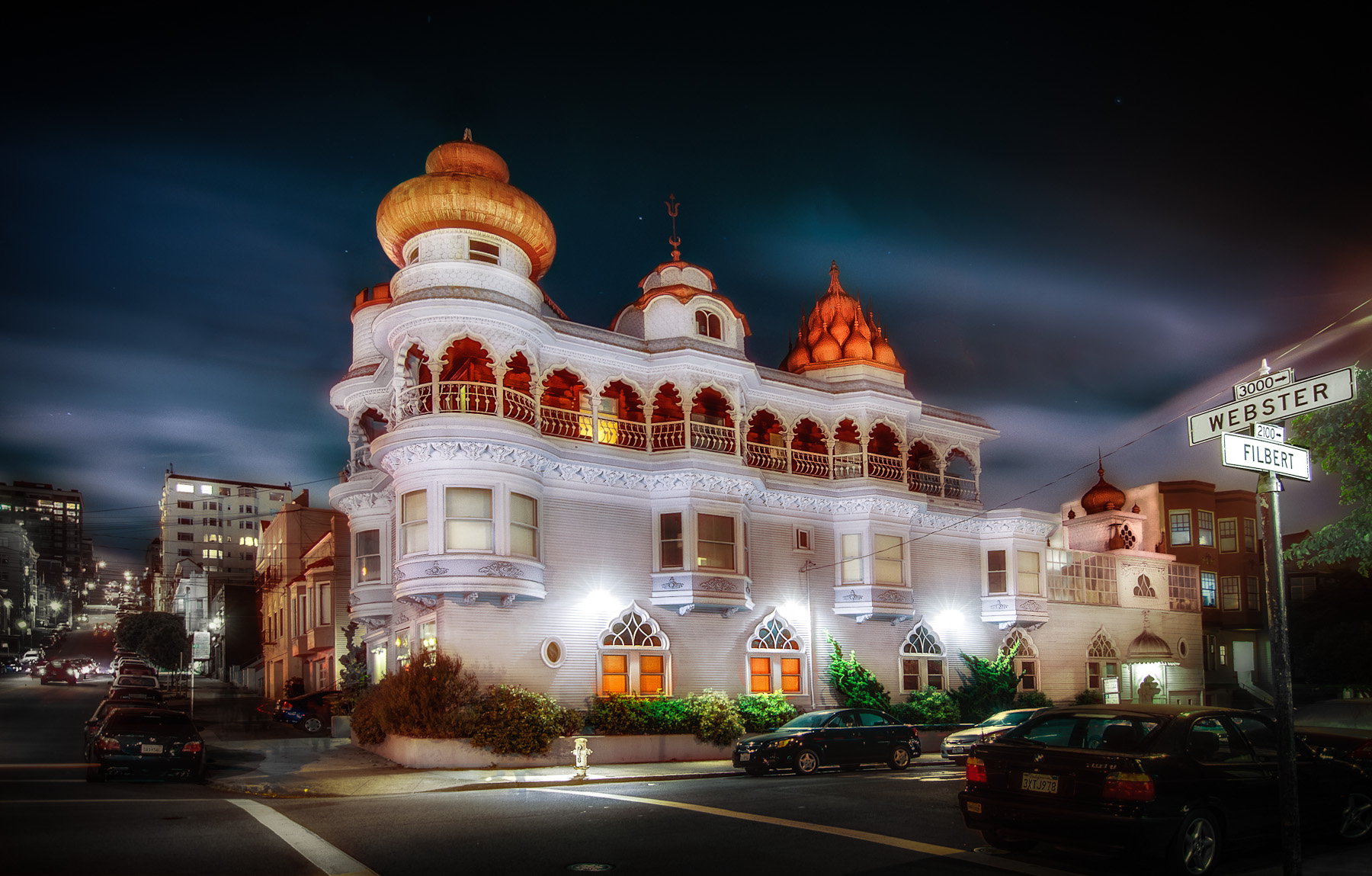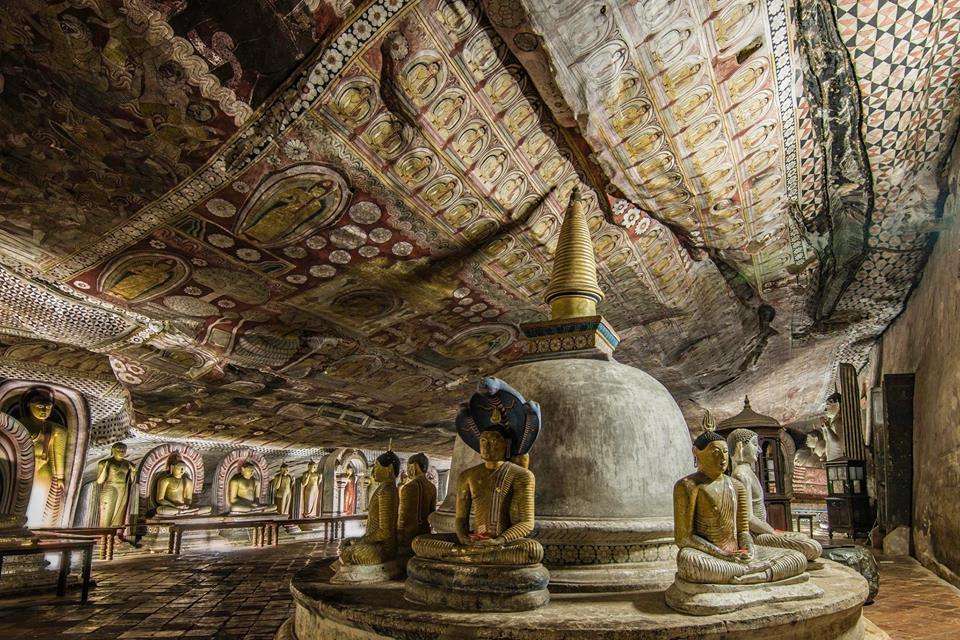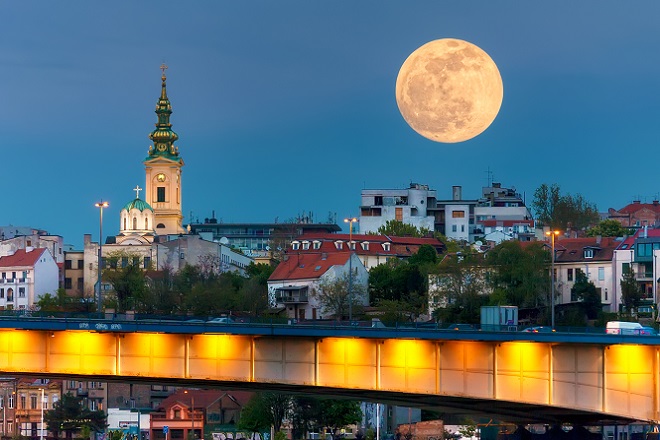The hermitage of Sant’Antonio da Padova is a suggestive rural chapel object of strong devotion and destination of many pilgrims.
Along the road that connects Cansano with Pescocostanzo, in a long plateau that opens to the west at the foot of the Majella mountains, there is one of the most beautiful beech woods of Abruzzo, rich in suggestions and evocative atmospheres: the wood of Sant’Antonio, today Natural Reserve. At the southern edge of the wood, where the plain of Primo Campo begins and goes as far as the base of Pescocostanzo, you can see an ancient building with a small bell gable, inserted among the old farms: it is the hermitage of Sant’Antonio da Padova.
The building consists of a small church and some rooms used by the hermits as a dwelling. The church, very simple, has two windows placed at the sides of the entrance, a characteristic element of rural churches, and two other very small ones on the downstream side. The interior contains a simple altar surmounted by the painting of St. Anthony of Padua. The brightness is given by two windows in gray stone. After the definitive abandonment by the lay hermits who lived there, the structure is managed by some local farmers who offer hospitality to pilgrims and travelers.
In the pagan era the territory was dedicated to the cult of Jupiter. Its origins are certainly medieval, the windows are typical of the ‘300-‘400 and the wooden statue of the saint is dated to the end of ‘300. The iconography of the Saint with the beard reminds us that the church was previously dedicated to Sant’Antonio Abate. The hermitage already existed in 1536.
